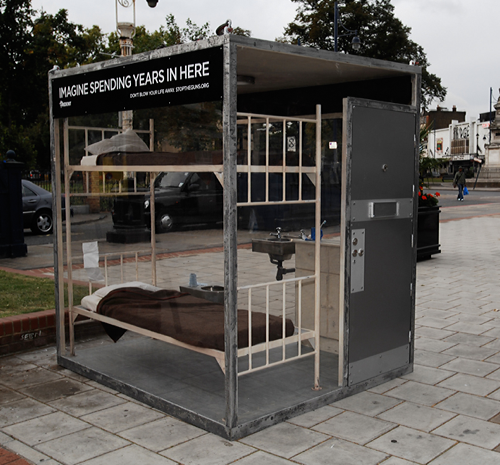First Year Seminar:
Architecture and Incarceration

Meets Together with ARCH # to come In architectural parlance, the cell is a single-unit space intended to house human bodies. Cells require that other operations critical to daily life take place outside of them.The difference between a monk's cell and a prison cell is one of operation: a monk walks out at will; a prisoner doesn't. The spaces that constitute both cells might seem eerily similar—even the materials from which they are constructed might be the same. This course studies the difference—teaching students the basics of architectural analysis along with the larger contexts of which buildings are only one part. We focus on the limits and capacities of the built environment, drawing attention to how buildings work, the effect they have on users, and the limits to what they can do. After introducing basic architectural principles, we examine nine case studies in relation to use and context. In tandem with these case studies, we read one substantive text per week, either historical or theoretical, including among our authors theorists such as Hannah Arendt, Frantz Fanon, and Michel Foucault as well as architectural historians and behavioral psychologists. We hone student writing skills in short weekly reports workshopped with class members. A final project will focus on ADPSR—Architects, Designers, and Planners for Social Responsibility (https://www.adpsr.org/), The Carceral State Project here at UM (https://sites.lsa.umich.edu/carceral-project/), or the Prison Creative Arts Project (https://lsa.umich.edu/pcap/programs.html); in it students will study the spaces of the carceral state.
Estimated Cost of Materials: $0-50
Textbooks/Other Materials: course reader available on Canvas